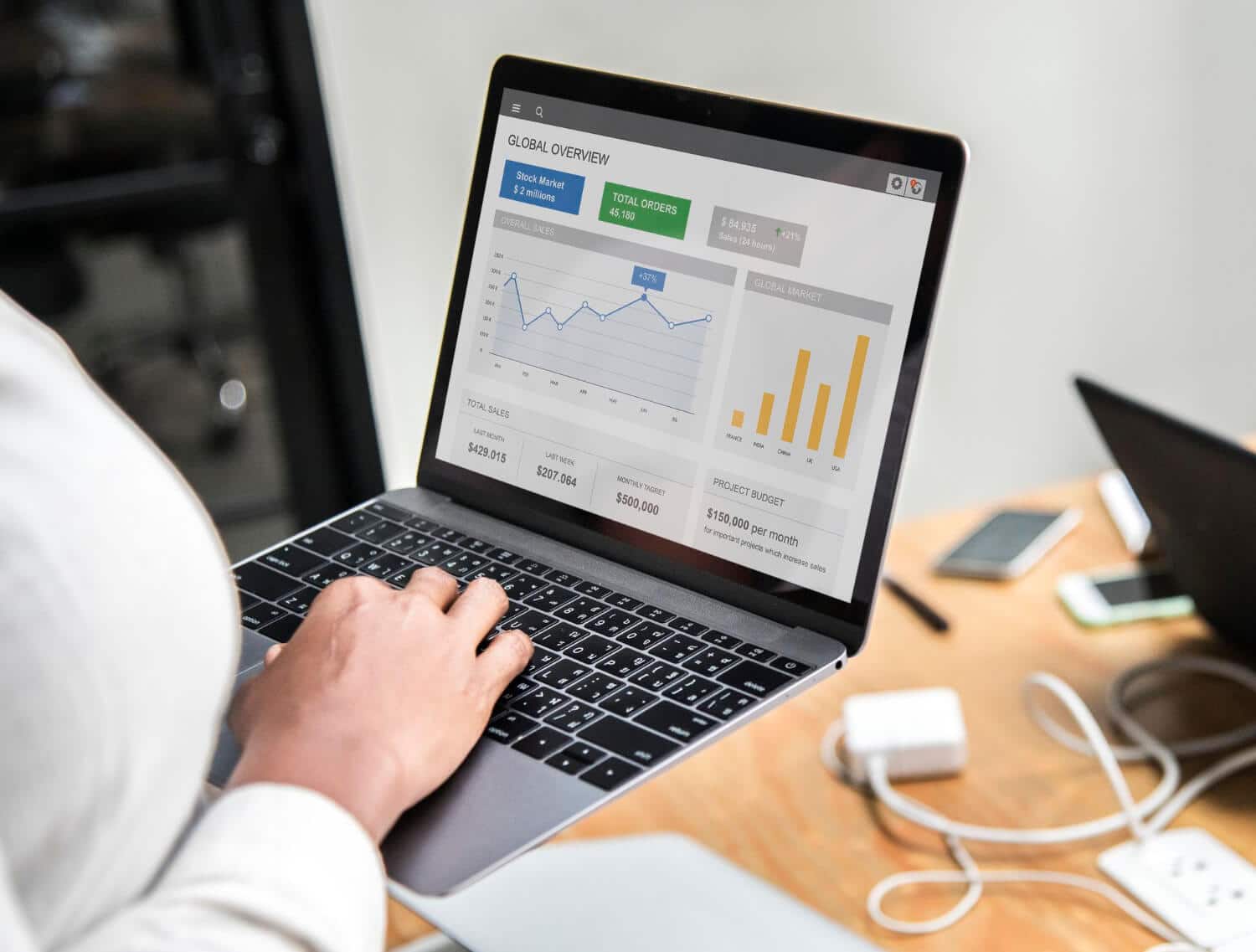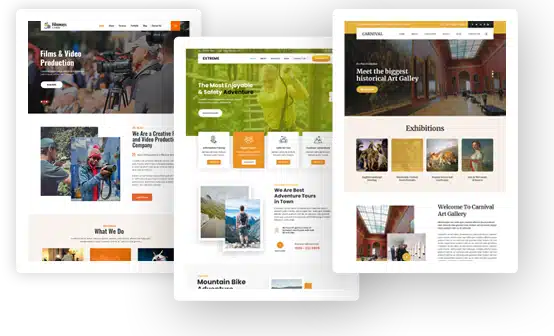Integrating SEO and PPC Campaigns for Maximum Business Impact

Nowadays, standing out online is increasingly difficult as intense competition and content overload make it challenging for brands to maintain visibility and attract clicks in search results.
Historically, there were two primary approaches aimed at visibility in search: search engine optimization and pay-per-click advertisement. Due to their differences, these two marketing approaches have been separated for years. But now, we feel the growing need to implement combined SEO PPC marketing, and we’re about to tell you why it matters and how to do it right.
The Difference Between PPC and SEO
Search engine optimization, or SEO, is a combination of tactics aimed at aligning your website and content with the requirements and quality standards of search engines. It consists of on-page and off-page optimization, as well as the elements of technical improvement. The primary goal is to ensure organic discoverability of your brand in search engine results pages (SERPs).
Pay-per-click, or PPC, is an advertising model that also makes you visible in search, though not organically. It implies placing your site at the top of SERPs (above organic top-ranking results) and paying for every click on your link.
SEO and PPC have the same core goal — visibility in online search. They both are there to help your target audience find your link on relevant SERPs. But the means to achieve the goal are different. SEO stands for organic (aka unpaid) advertising. Although it may require some investment, it doesn’t mean buying your position in SERPs, but earning it. PPC, in turn, is a type of paid advertising.
The organic vs. paid nature of these two approaches also creates a difference in their time frame. SEO is a consistent approach that helps build long-term authority and visibility. But it doesn’t give instant results. PPC, on the other hand, can give you a rapid surge in clicks and traffic. But it doesn’t contribute as much to long-term success.
Exploring the Strengths of SEO vs PPC
SEO and PPC marketing work within the same medium. Yet, they are different. And their differences create different strengths:
| SEO | PPC |
| Sustainable long-term results that build over time. | Instant boost in visibility, clicks, and traffic. |
| Builds permanent presence and trust. | Drives visitors who are more likely to convert as they consciously click on an ad. |
| Helps drive larger volumes of traffic and cover a broad audience (including visitors from different demographics and locations in the marketing funnel). | Allows highly precise targeting to reach the people you need. |
| Offers a larger level of consumer trust compared to sponsored results. | Allows instant scalability based on increasing your budget and adjusting ad settings. |
| Helps improve site performance, user-friendliness, and user experience through technical SEO. | Drives instant attention to your campaigns and product launches. |
Why Integration Matters?
As you can see, both SEO and paid search have certain strengths. If we had to generalize it, optimization is best for creating trust and growth in the long run, whereas paid ads can give you instant visibility and results. And that’s the main reason to merge them.
This combination gives you the perfect balance of immediate return and sustainable growth. It will let you harvest the strengths of both strategies and make sure that you achieve your short-term and long-term goals faster and, most importantly, simultaneously.
SEO PPC Marketing Combination: How to Get the Best of the Two Worlds?
Now that you know about the benefits of merging them, you must be wondering how to integrate PPC in SEO and vice versa. Let’s look at the most effective ways to use them as a combined effort:
1. Turning PPC Data into Actionable SEO Insights
Hyper-targeting is one of the central strengths of PPC. You can tweak every tiny detail in your paid campaigns. There are tools to detail audience demographics, target locations, adjust keywords, and otherwise tailor your ad to your goals. And you can track the effect of your settings in real time. In short, you gain almost unlimited opportunities to experiment with targeting and immediately see what works and what doesn’t.
Being a more far-reaching strategy that can take months to bring tangible results, SEO doesn’t give you this freedom. And that’s where blending the two approaches can give you a competitive edge.
Use the data from past and current paid campaigns to inform your optimization. You can use PPC to detect high-performing keywords. Also, you can orient at your most successful ad copy to refine SEO meta tags and ensure more clicks. And you can use ads to identify your best-converting landing pages and use this knowledge to improve conversions for organic pages.
2. How SEO Data Can Enhance Your PPC Strategy
Search engine optimization doesn’t give you an instant return. It can take months to yield. And that’s why it may not be as effective for experimenting and A/B testing. However, it relies a lot on research. The analysis you conduct to shape your SEO approach can give you deep insights into what your audience is looking for on the web. And you can use them just like we suggested you use the data from PPC in SEO.
The aspects of your SEO research that you can also use in PPC include:
- Keywords
- Emerging keyword and topic trends
- TA data (e.g., pain points, intent, etc.)
- Audience segments
You can also use SEO insights to improve ad and landing page copy for greater trust and conversions.
3. Aligning Content with Campaign Strategy
When you have a distinct PPC and SEO strategy, you can reach some results in both mediums. However, if you unify your strategies, you can further amplify your results and make these two approaches work together for faster growth.
There are several things you should do to balance your content and campaign strategies across SEO and PPC:
- Research keywords and create a uniform strategy for optimization and paid search. Doing so will help you appear for relevant search queries both organically and in PPC.
- Create a consistent message that reflects your brand voice and values. When visitors see consistent messaging across your organic and paid results in SERPs, it strengthens your overall brand image and creates greater trust.
- Align your ad and organic landing pages. This will help you amplify your direct and organic traffic and ensure good conversions both in PPC ads and SEO.
- Apply technical optimization principles to your ad landing pages. This will help you ensure better UX, which can translate into more conversions.
- Integrate insights from both strategies to make your approach even more informed, improve targeting, and yield better results.
4. Applying Advanced Tactics for Maximum Impact
When you create a hybrid PPC SEO approach using the tips shared above, you can go a few steps further and ensure maximum impact through advanced merging tactics. Here are a few effective ideas that you can try:
- Benefit from integrated remarketing. Use SEO analytics to identify your top-performing landing pages. Be sure to look at pages that don’t just rank high, but also drive lots of traffic and conversions. Once you find them, remarket these landing pages in your PPC campaigns.
- Align your SEO content to paid ads. When you start campaigns related to product launch and promotions, be sure to cover this in your SEO copy for maximum outreach.
- Use A/B testing available in PPC to test new landing pages you create for SEO. PPC will help you quickly identify mistakes and areas for improvement to ensure that your pages perform to the maximum.
- Launch campaigns targeting keywords that you already rank well for. This will help you appear in different places across the same SERPs, which can help maximize coverage and stand out from the competition.
- Embrace long-tail and question-based queries in your PPC SEO. We shouldn’t forget that AI is growing fast. It already is the primary tool for online search for 8% of US users, which means that optimizing for it is more important than ever. Integrating long conversational queries can help you get featured in generated results and thus, amplify your reach.
5. Monitoring Performance Across Multiple Channels
After you plan and deploy your combined strategy, don’t neglect the importance of ongoing analysis and improvement. As you already know, PPC ads and SEO can strengthen each other and give you faster and more sustainable growth in the long run. But you need to eliminate the guesswork and make your approach data-driven.
To do this, leverage SEO and AI visibility software to see how your performance in organic search changes. Also, use Google Analytics to measure the outcomes of your paid campaigns and refine them to optimize the results. Most importantly, be sure to exchange the performance tracking insights you gain across your SEO and paid campaigns to inform them.

The Power of Combining SEO and PPC
Although search engine optimization and pay-per-click have worked okay for years being separated, today, the best approach is to combine them to achieve greater SERP coverage. A synergy of these two approaches can give you significant benefits. It balances short-term results with long-term trust and visibility. And most importantly, the insights derived from each of these strategies can inform and improve the other one, giving you a significant competitive advantage.

